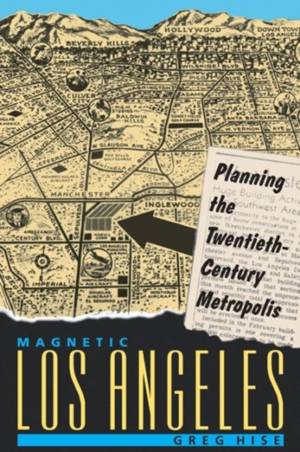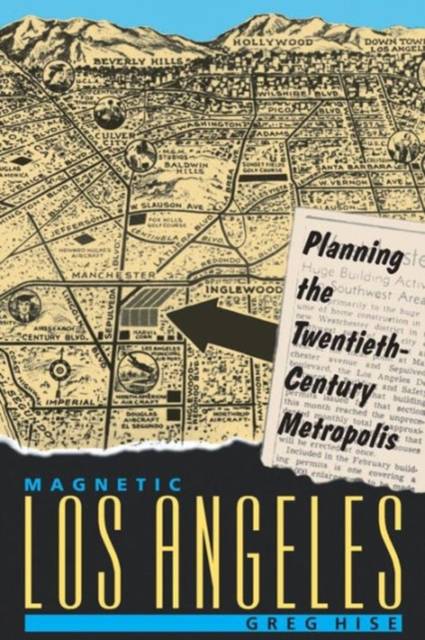
- Afhalen na 1 uur in een winkel met voorraad
- Gratis thuislevering in België vanaf € 30
- Ruim aanbod met 7 miljoen producten
- Afhalen na 1 uur in een winkel met voorraad
- Gratis thuislevering in België vanaf € 30
- Ruim aanbod met 7 miljoen producten
Omschrijving
Argues that the 20th-century metropolitan region was planned--in response to political and economic conditions of the 1920s and the Depression, the defense emergency, and the immediate postwar years.
Recipient of the Spiro Kostof Book Award from the Society of Architectural Historians
Magnetic Los Angeles challenges the widely held view of the expanding twentieth-century city as the sprawling product of dispersion without planning and lacking any discernable order. Using Los Angeles as a case study, Greg Hise argues that the twentieth-century metropolitan region is the product of conscious planning--by policy makers, industrialists, design professionals, community builders, and homebuyers--in direct response to political and economic conditions of the 1920s and the Depression, the defense emergency, and the immediate postwar years.
Specificaties
Betrokkenen
- Auteur(s):
- Uitgeverij:
Inhoud
- Aantal bladzijden:
- 320
- Taal:
- Engels
- Reeks:
Eigenschappen
- Productcode (EAN):
- 9780801862557
- Verschijningsdatum:
- 20/08/1999
- Uitvoering:
- Paperback
- Formaat:
- Trade paperback (VS)
- Afmetingen:
- 156 mm x 235 mm
- Gewicht:
- 526 g

Alleen bij Standaard Boekhandel
Beoordelingen
We publiceren alleen reviews die voldoen aan de voorwaarden voor reviews. Bekijk onze voorwaarden voor reviews.









